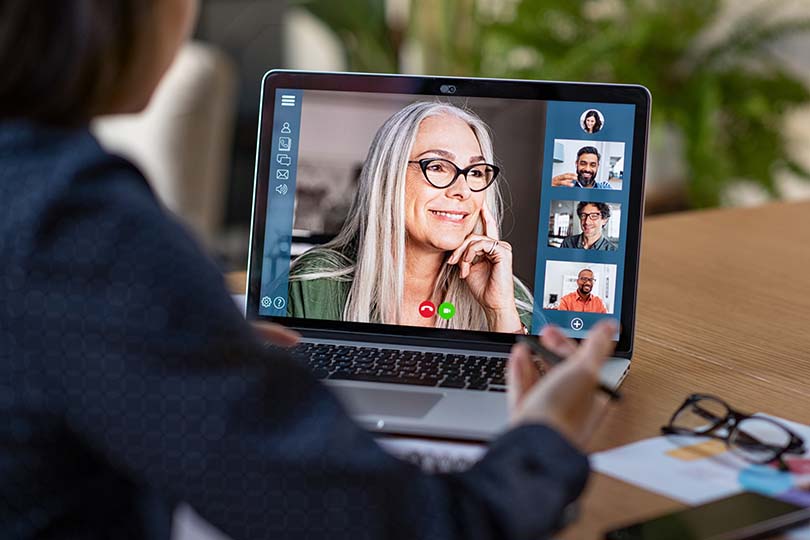Top tips for holding effective video meetings
Video meetings can be daunting for those who aren’t tech savvy. Nick Pilgrim, producer and director at video production company CineRobota, offers his tips for getting them right
Doing video, and doing video well, is now integral to many travel businesses. While once we may have sat drinking coffee with each other and conducting meetings in person, we now have an entire virtual presence to deal with.
While most of us have spent years developing the way we present ourselves to the outside world – let’s call it our “brand” – how much time have we spent developing our online brand instead? How can we make sure that one translates to the other?
Here are a six ways that you can ensure your online presence in video meetings is as strong as it is in traditional face-to-face meetings.
1. Look the part
Although we’re all at home and like to be comfortable, when we’re on a video call or in a virtual meeting, we’re presenting ourselves to the outside world.
There are proven mental health benefits to getting “work ready” even when you are at home. Shower, do your hair, put your makeup on if that’s what you usually do and put on some clean clothes.
You’ll feel much better, while also making sure that the other person’s impressions of you on the video call are what they should be.
2. Make sure you can be seen clearly
One of the most common things we see when we’re helping people hold better quality video meetings is that the person isn’t properly in view.
The camera on your laptop or iPad does something thing called “auto-exposing”, where it adjusts the brightness of your image to whatever it thinks it needs to.
If you’re sitting with your back to a window, the camera often gets confused about whether it should be exposing to your face or to the outside world. This means we’ll often just see a dark silhouette on screen (when it exposes to outside), or a giant ball of light (when exposing to you).
To avoid this, ensure you’re facing the window so that you’re being lit up correctly.
3. Make use of the mute button
This tip is particularly important if you’re on a conference call or multi-person call using technology such as Skype, Zoom or Microsoft Teams. On these calls, the software automatically focuses on one person at a time, to allow us to pay attention to who’s speaking.
The downside to this is that the software will focus on whoever is making the loudest sound, so if you cough, slurp a mouthful of coffee, move something on your desk or get a notification on your phone, every participant in the call will see and hear you.
To get around this, hit the mute button. As a matter of etiquette it might be worth considering hitting the mute button whenever you aren’t talking, then unmuting to talk, avoiding any background sound affecting the focus of the call.
4. Raise your device
By placing your laptop, iPad or device on the table underneath you, you may not realise it but you’re actually looking down on the person you’re speaking to.
Try to raise your meeting device up a little higher, to eyeline level using a laptop stand or an old shoebox.
5. Remove distractions
Controlling distractions can be tricky while working from home, especially if you have young children, but there are a few things you can do to help.
If you can, set aside a separate meeting space that you can work from, so that others in your household know that if you’re in that space you’re in “work mode”. Close the door, tell people in your house that you’re about to step into a meeting and try to do whatever you can to separate yourself from the rest of the house.
6. Practice makes perfect
Most importantly, try not to worry – video meetings and video technology are new to so many people, and the best way of improving your video meetings is by doing them and learning from them.
CineRobota has also created a video with tips for framing your video meeting, which can be viewed

















